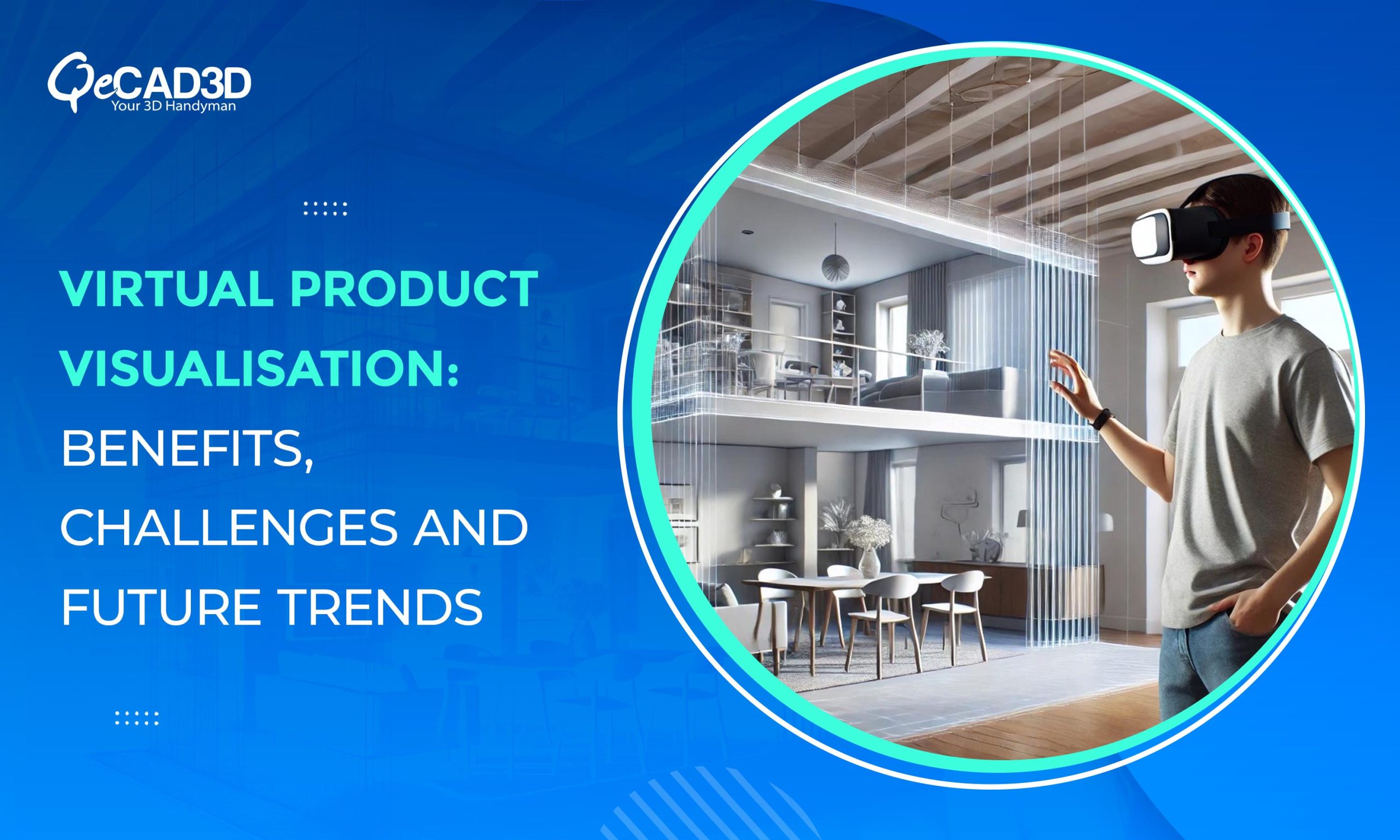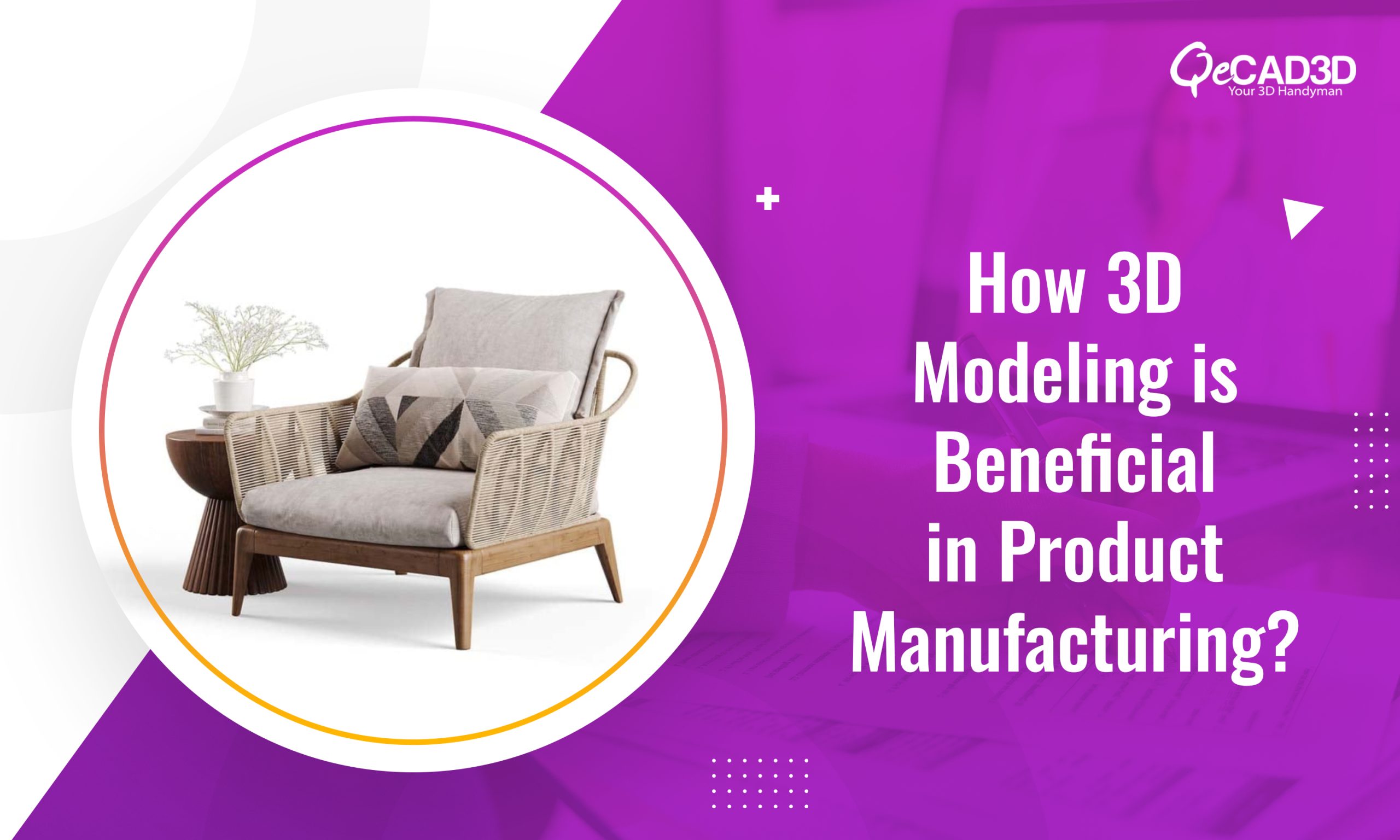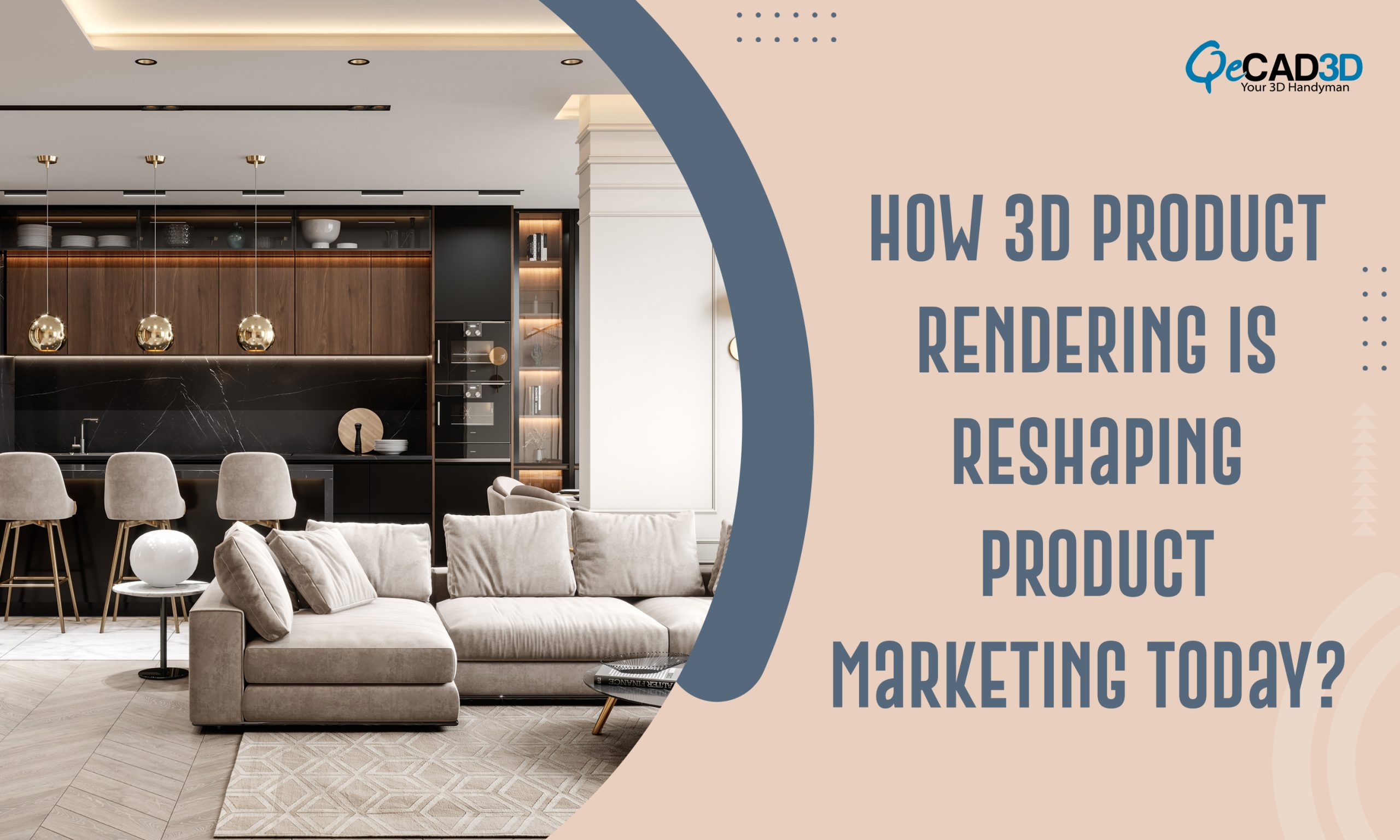Virtual Product Visualisation: Benefits, Challenges and Future Trends
In today’s digital-first landscape, customers demand more than the static images or generic product descriptions—they seek engaging, immersive experiences. They seek immersive, interactive experiences that helps them to engage with a product long before it’s in their hands. This demand is driving the adoption of Virtual Product Visualisation (VPV) — an innovation that is transforming how the businesses present and market their offerings.
Whether you are in architecture, manufacturing, retail or design, Virtual Product Visualisation allows you to bring your ideas to life with the clarity and impact — offering customers a vivid sense of “try before you buy.”
What Is Virtual Product Visualisation?
Virtual Product Visualisation involves creating the highly detailed, interactive 3D representations of products using the advanced rendering, modeling and animation tools. These digital assets can be explored from every angle, configured in real-time or even experienced through AR or VR platforms.
VPV is frequently used across industries for product demos, marketing campaigns and stakeholder presentations, offering a cost-effective, scalable and even a visually powerful alternative to the traditional photography and prototyping.
Key Benefits of Virtual Product Visualisation
- Enhanced Customer Experience
Customers can rotate, zoom and even customize the products online — helping them to feel more connected and confident about their purchase decisions.
- Better Design Decision-Making
Designers and engineers can visualize the real-world applications, test variants and catch the flaws early in the development cycle.
- Boost in Conversion Rates
Interactive and animated visuals tend to hold the attention longer and increase sales conversion — particularly in the digital showrooms and eCommerce platforms.
- Cost and Time Efficiency
Instead of investing in multiple prototypes or product photoshoots, businesses can use Promotional Product Rendering Services to generate the high-quality visuals quickly and affordably.
- Global Reach With Remote Selling
Virtual visualisations can be accessed and shared anywhere — ideal for cross-border sales, presentations and remote client pitches.
- Zero Inventory Customization
Want to show every finish, fabric or color option? A single 3D model can be reused across multiple platforms, significantly reducing storage needs and production expenses.
- Integration With AR/VR
Virtual visualisation isn’t just for screens. Customers can experience products at scale in their real-world environment using AR/VR — adding a whole new layer of realism.
Real-World Example: IKEA’s Virtual Product Tools
A great example of Virtual Product Visualisation in action is IKEA’s AR-powered “IKEA Place” app. The app allows the users to virtually place the furniture in their home using their smartphone camera. Customers can rotate, move and even walk around the product — testing how it fits with their space, style and lighting. This use of product animation services and promotional rendering gives IKEA a significant edge in the customer engagement and satisfaction.
Challenges in Virtual Product Visualisation
While VPV has numerous advantages, it also comes with a few challenges:
- Technical Complexity
Creating lifelike, high-resolution product visuals requires the skilled 3D artists and also the specialized software stack.
- Constant Updates
As the product lines evolves, virtual assets needs to be updated frequently to match the new specifications, features or even the marketing angles.
- Integration with Sales Platforms
Ensuring that 3D models load quickly and display correctly on all the browsers, devices and even the eCommerce platforms can be a hurdle.
- Achieving Photorealism
To truly replace physical photography, virtual visualisations must achieve a level of realism that meets the consumer expectations especially for the luxury goods or tactile products.
Future Trends in Virtual Product Visualisation
As technology advances, VPV is set to become even more powerful and accessible. Here’s what lies ahead:
- Real-Time Rendering with AI
AI-powered rendering engines will allow the businesses to generate custom product visuals in real-time based on the user interactions or preferences.
- Smart Personalisation
Integrated with CRM and analytics tools, VPV will allow dynamic personalization — showing the customer exactly what they want based on their behavior and preferences.
- VR for B2B Sales
B2B sectors like industrial equipment or real estate will embrace the Virtual Reality product demos for the presentations, training and remote collaboration.
Conclusion: Virtual Visualisation Is the Future of Engagement
Virtual Product Visualisation is more than a visual upgrade — it’s a strategic tool that enhances the buyer confidence, reduces the design risks and boosts the marketing ROI. When paired with the professionals Promotional Product Rendering Services and Product Animation Services, businesses can present the compelling, immersive narratives that drives the sales and also promote the customer loyalty.
Whether you’re launching a new line, showcasing the product variants or even building a digital catalogue, the virtual visualisation is the modern way to sell smarter, faster and better.
Looking to Bring Your Products to Life Digitally?
At QeCAD3D, we specialize in the high-end Promotional Product Rendering Services and Product Animation Services tailored for eCommerce, furniture, interior design and manufacturing brands. Let us help you create the stunning, interactive product visuals that captivate your audience and convert the leads.






